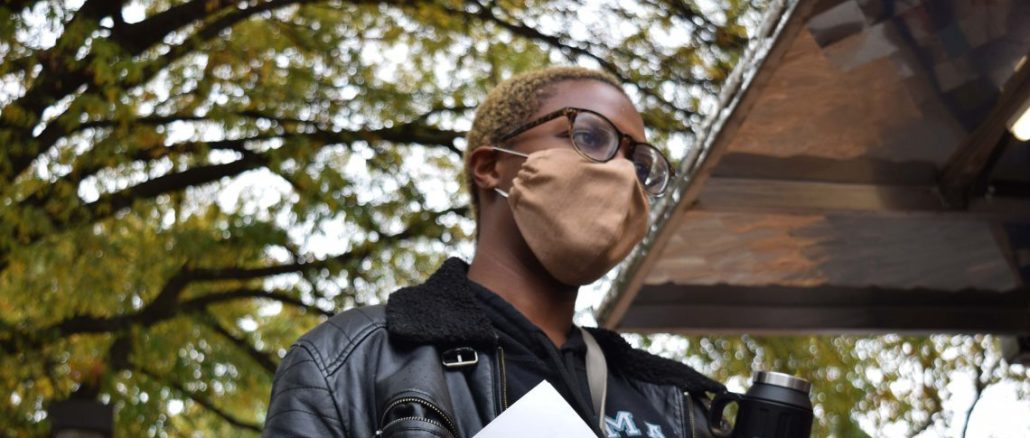
Tiffenia Archie believes there is an important difference between diversity and inclusion. While, to her, diversity means having a variety of people in an environment, inclusion relates more to making people feel welcomed and valued.
“We should always have diversity, but inclusion is really about the sense that people feel valued and supported in an organization,” said Archie, Temple’s associate vice president and chief inclusion officer.
Temple announced on Oct. 7 that the Class of 2025 is the most ethnically diverse first-year class in 25 years and one of the most diverse in Temple history. This reflects that 45 percent of students who are United States citizens or permanent residents identify as students of color, and an additional 2.5 percent are international students, wrote Shawn Abbott, vice provost of Enrollment Management in an email to The Temple News.
As diversity increases within the student body, members of the Temple community are calling for the university to promote inclusion, like improving representation within its faculty to help students feel more comfortable in the classroom.
“A university cannot be a great university if it is not a diverse university,” Abbott wrote.
During the past two decades, diversity among Temple’s faculty has remained significantly lower than diversity of the student body, with only one-fifth of faculty members identifying themselves as part of a racial minority each year, according to the university’s Common Data Sets. The university defines a racial minority as someone who is Black but not Hispanic, American Indian, Alaska Native, Asian, Native Hawaiian, Pacific Islander or Hispanic.
Students achieve more when there is better representation in classrooms, said Timothy Welbeck, acting director of Temple’s Center for Anti-Racism Research and an Africology and African American Studies professor.
“Representation matters and it’s difficult to be what you cannot see,” Welbeck said. “I routinely hear my students tell me that I’m the first Black male teacher they’ve ever had, and these are people who’ve been in school for a decade and a half.”
There are multiple educational benefits when a space is made more diverse, like improved racial and cultural awareness, enhanced critical thinking and higher levels of service to community, according to Higher Education Today, a blog from the American Council on Education.
Temple uses search committees to recruit and hire faculty who have experience working in inclusive communities. Some schools at Temple require diversity statements during the application process, which ask applicants to explain their experience teaching a diverse student body.
Jordan Thomas, a second year sports business graduate student and representative for the Diversity, Equity and Inclusion council in the School of Sport, Tourism and Hospitality Management, feels that Temple lacks representation in faculty, especially after coming from Bethune-Cookman University, which is a historically Black university.
“Temple can do better because there’s only one or two professors in my school who I feel look like me,” Thomas said.
Temple is allowing students to opt out of submitting test scores and note they are applying as first-generation college students, which helps ensure the student body consists of a variety of students with different backgrounds and accomplishments, Abbott wrote.
Imani Moss, a 2021 musical theater alumna, feels that Temple lacked diversity in its theater program in comparison to Philadelphia’s theater scene and wants Temple to improve at recruiting a wide range of students for the program.
“There were times in class where subjects were brought up by non-Black teachers that were skewed towards me just because I’m Black,” Moss said. “It was interesting to have those questions skewed towards me, and it did make me feel a little uncomfortable.”
While it is important for minority students to see faculty who represent them, it is just as important for white students to learn from faculty members of color to give them a fuller perspective and learn how to be a part of a diverse team, Archie said.


Be the first to comment